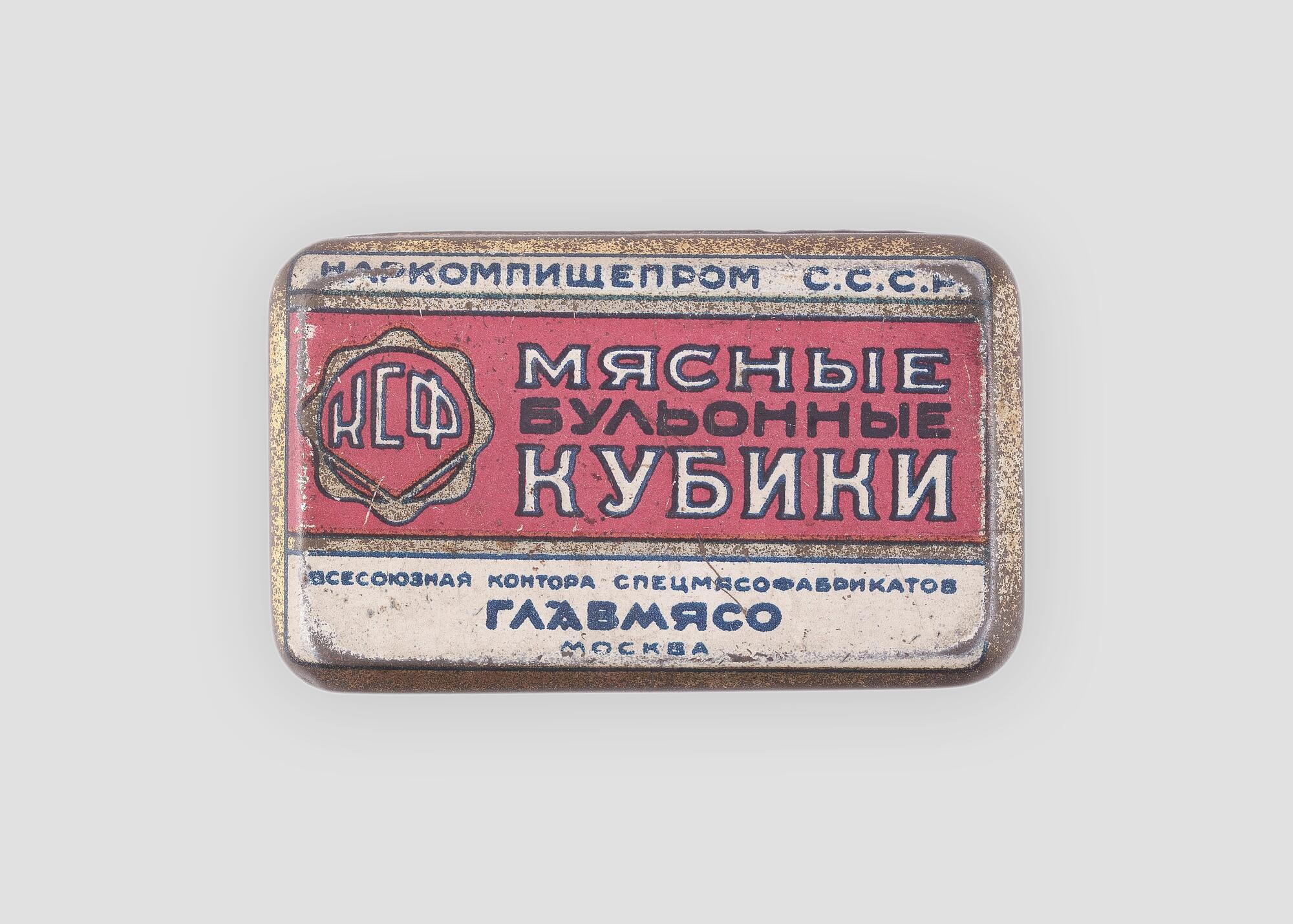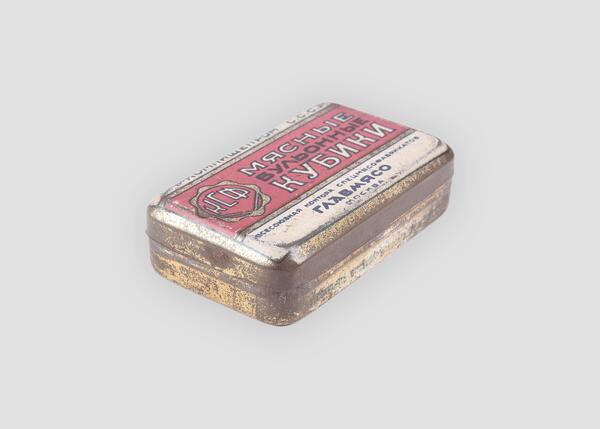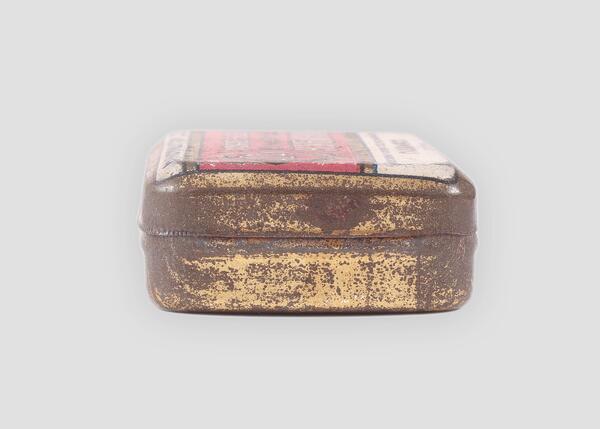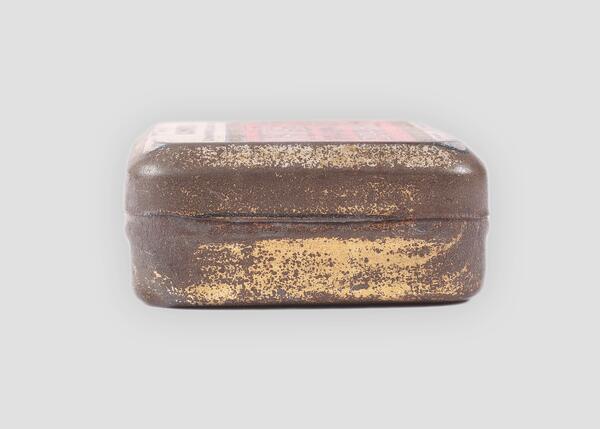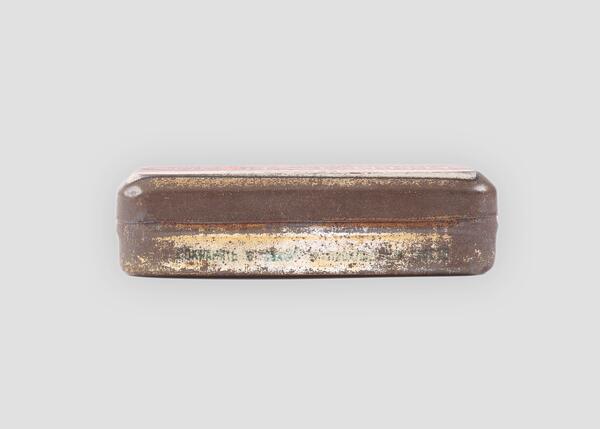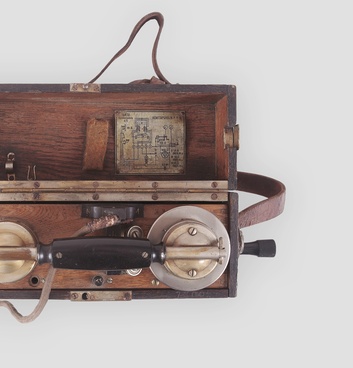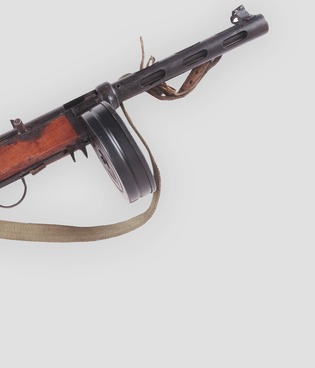The Karelian Front Museum houses household items of the pre-war and war times. One of which is meat broth cubes — something that is also very common nowadays. In the exhibition, they are represented by their packaging from the Moscow Meat Processing Plant named after Anastas Mikoyan.
A meat broth cube is a dry broth concentrate with additives. There are meat, chicken and vegetable cubes — depending on the ingredients.
Julius Maggi is considered to be the inventor of classic broth concentrates. In the mid-1880s, he released broth in dehydrated and paste form with natural spices and flavors to the market. The concentrate took the form of a dried cube in 1906. By 1914, broth cubes were produced by over 50 companies, this product became truly popular during the World Wars. Soups and broth cubes were in great demand in field conditions. They were easy, delicious and quick to make, had a lot of nutrients and received only positive feedback from soldiers.
In the USSR, such products began appearing en-masse in the 1930s, when part of the state’s resources were redirected to the development of the food industry. Anastas Mikoyan, the People’s Commissar of the Food Industry of the USSR, played the key role in the deployment of this type of production. Under his supervision, not only was the latest foreign equipment from Germany, Great Britain and the USA imported to the USSR but also entire factories and kitchens were employed to produce frozen goods, canned food and concentrates. In 1940, special state standards were developed for food products, which received the name GOST. Rapid industrialization, the creation of kitchen factories, experiments in lifestyle, the involvement of women in factory work — all this contributed to the spread of easy and simple to prepare food concentrates.
Bouillon cubes were packed in small tin boxes of 10 pieces. Each of the cubes was wrapped in aluminum foil lined with parchment. The composition of the broth cube according to GOST 796-41 included a small amount of water, salt, flavored fat, spices. The weight of one dry cube was 4 grams, which was enough to prepare 200 milliliters of broth.